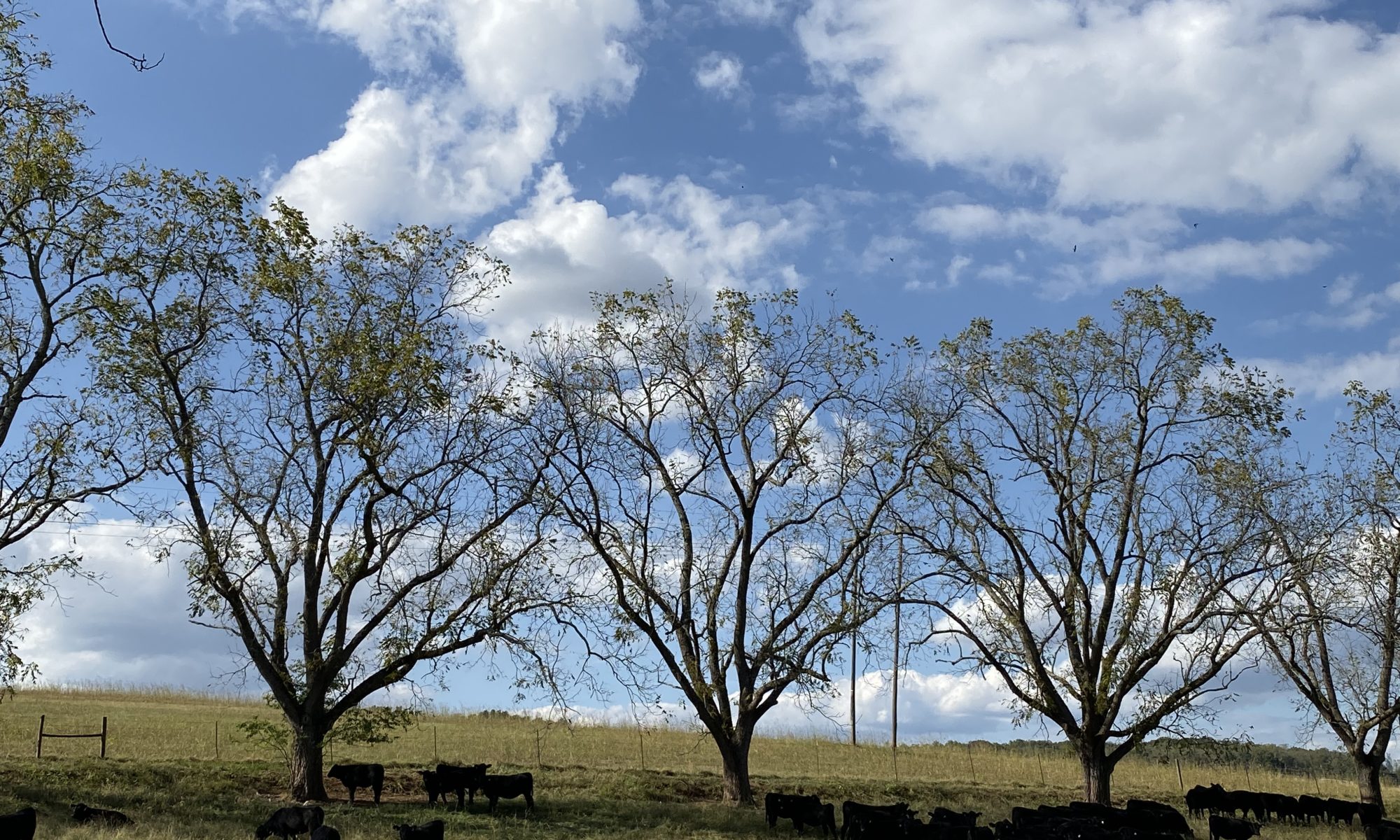

Dr. Andrew Griffith
Assistant Professor
Department of Agricultural and Resource Economics
P: 865-974-7480
In this life, there are producers, and there are consumers. Basic needs require everyone to be a consumer of some goods, but some people do a lot more consuming than they do producing. That does not mean their expenditures exceed their income, though it can, but rather they spend more time consuming than producing.
For people, a good portion of excess consumption comes in the form of entertainment. Entertainment is in every nook and cranny of life, and that is because the society we live in wants to be entertained. Some forms of entertainment may include television, ballgames, amusement parks, theater, music festivals, browsing the internet on the phone, and even agritourism. The point is that we have a large portion of society that would rather be consuming than producing, and the preferred consumption is in the form of entertainment.
When there becomes an imbalance in consumption and production, major issues can arise. For instance, part of the increase in inflation stems from the desire of our society to consume rather than to produce, which leads back to basic supply and demand and how price and quantity is determined. Challenges can also occur when the imbalance shifts towards excess production, which has been evident in cattle markets for many years. The issue is that there is a balance between consumption and production, which brings this conversation to cattle.
It does not matter what sector of the cattle business a person participates in, there are consumers and producers when it comes to cattle. In the cow-calf business, there are cows that produce a good quality calf every year, cows that produce a fair calf every year, cows that just produce calves, and cows that miss some years. Similarly, in all the other stages of production, cattle are either extremely efficient, average, or poor at converting feed to pounds. Thus, some of these cattle could be compared to producers while others may be better compared to consumers. They are not consuming entertainment, but they are consuming capital and resources that could be used for other endeavors.
As an economist, what determines if an individual animal or group of animals is a consumer or a producer is their profitability relative to their peers. Profitability can change from year-to-year based on cattle prices, input prices, and the quantity of inputs it requires to achieve a certain production. However, when individual animals or groups of animals are compared to each other in a given timeframe then it becomes clear who the producer is and the consumer is. There are elaborate systems researchers and even some producers use to measure the producers versus the consumers. However, a cow-calf producer can go through their cows near the time of weaning and identify the extremely poor calves and the extremely superior calves and determine the net return on each. This is a good indication of which cows are producers versus consumers. Similarly, stocker operators and feedlot operators can easily tell which calves are the most efficient growers after a few months grazing or on feed and then calculate net returns at the end of the feeding period to determine if the animal is a producer or consumer.
It is very important to determine which cattle are producers and which cattle are consumers from a profitability standpoint. Most cattle operations are looking for producers and not for consumers when it comes to animals. The ability to weed out the consumers has a large impact on profitability, which in turn influences the disposable income a person has to consume other goods. Again, there is nothing wrong with consumption from a society standpoint as beef cattle producers need consumers who want to eat beef, but there is a problem with cows that are consumers instead of producers. Owning a cow that is a consumer would be like digging a ditch and hiring a person to watch the dirt fly.